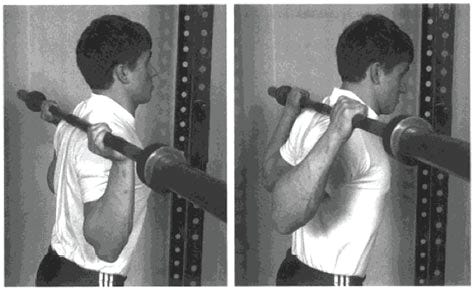Workouts
Tools for Possibilities: issue no. 54
Once a week we’ll send out a page from Cool Tools: A Catalog of Possibilities. The tools might be outdated or obsolete, and the links to them may or may not work. We present these vintage recommendations as is because the possibilities they inspire are new. Sign up here to get Tools for Possibilities a week early in your inbox.
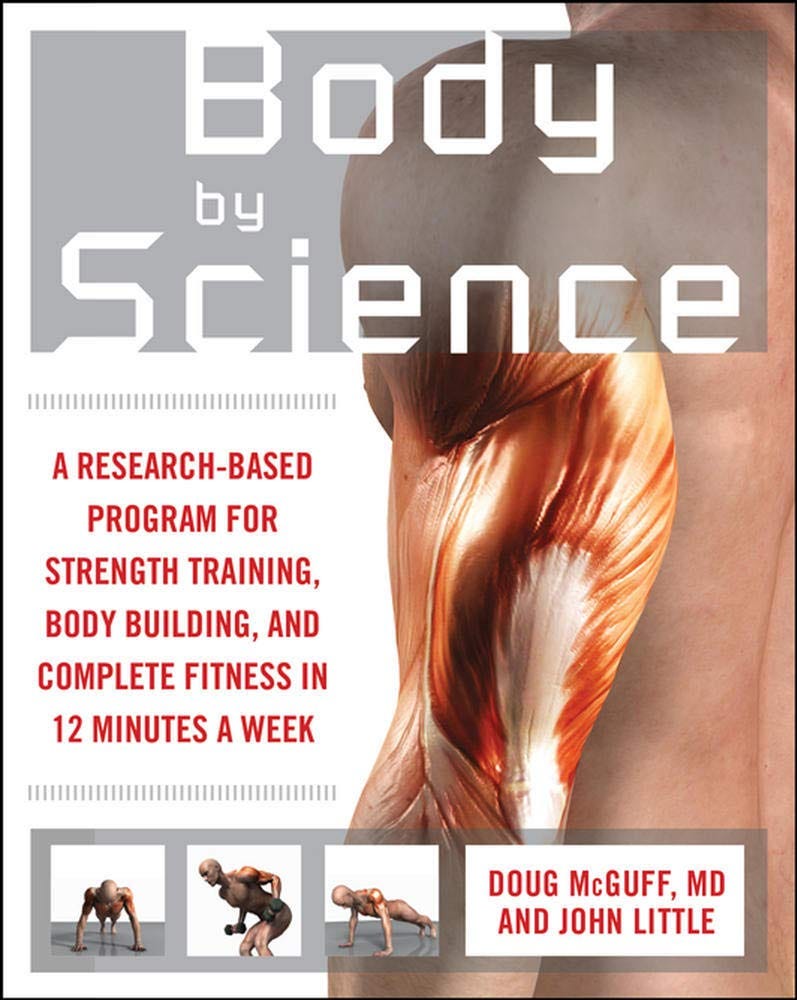
High intensity exercise
The latest innovation in fitness is the extremely intense weekly workout. A very brief period of vomit-inducing exercise — of only 12 minutes *per week* — is enough to bestow the benefits of much longer and more frequent exercise. So says the science. My doctor recommended this book as the prime source of the scientific logic and practical program for this high-intensity interval training. A “scientific” 7-minute weekly workout that requires no equipment based on the same science was featured in the New York Times. As a coaching aid you can get a 99-cent app for it. — KK
- When a trainee trains his biceps on a nautilus multi biceps machine, the radius of the cam is in perfect sync with the trainee’s bicep muscles: smaller when he isweaker and bigger when he is strong.
- Our rule of thumb for rep cadence is that whatever cadence you can employ that will allow you to move as slowly as possible without its turning into a stuttering,stop-and-start scenario is the right one for you. You may even find that the cadence changes as the set progresses. For instance, if you’re working out on a piece of equipment that has a difficult start but an easy finish position, the hard start will represent a significant obstacle or sticking point to surmount. Consequently, you may start out with an eight-second cadence that is perfectly smooth, but because of the sticking point and a little bit of struggle, the smoothness may be able to be maintained only with a six-second cadence or a five-second cadence. So, again, contract against the resistance as slowly as you can without having your repetitions degenerate into a series of stops and starts.
- Traditionally during workouts, to gauge performance and assess improvement for record keeping, trainees have focused on counting how many repetitions they perform with a given weight or load. What we advocate instead is timing the duration of the set from the moment it begins until the moment muscular failure is reached. We call this measure “time under load.” Other people have called it “time to concentric failure” or “time under tension.” Regardless of what you choose to call it, adopting it allows you to place a fine-tuning dial on your training performance. Time under load allows trainees to see smaller gradations in improvement that otherwise might be missed and allows for fine-tuning of weight progression a little more closely.
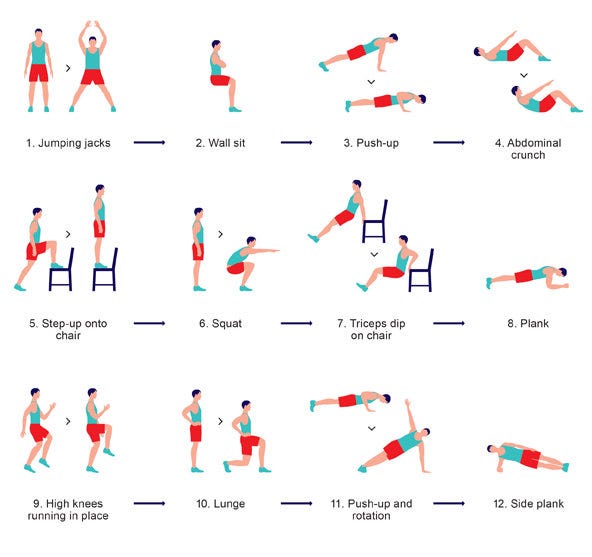
- You will begin to really struggle at this point, and your instructor should try to keep you focused by encouraging you not to try to speed up, rest, or pause during the movement, all of which will unload the muscles and provide rest, which is the opposite of what you are striving to accomplish. If you weren’t being supervised, you would probably quit at this juncture, but you are encouraged to try one more repetition. This last positive portion of the repetition is now so difficult that it may take you fifteen, twenty, or even thirty seconds to complete. As you slowly begin to reverse direction and lower the resistance, the weight begins to overtake your strength. You attempt another positive repetition, but the weight is not moving. Your instructor now tells you to attempt to contract against the resistance (it’s still not moving) while he or she counts to ten. Your rate of fatigue is increasing rapidly now, and your strength continues to diminish well belowthe resistance level. At the end of the instructor’s count, you unload from the weight. By the time the set is finished, your strength has been reduced to approximately 60 percent of what it was prior to starting the exercise, resulting in an inroad of 40 percent being made.This whole process occurred over a span of roughly two minutes, but in that time, your muscles became 40 percent weaker. This occurrence represents a serious “threat” to your body, because it was not aware that you were simply in a gym making weights go up and down. For all it knew, you were fighting for your life with a mountain lion. To the body, this was a profound metabolic experience, and at the end of that experience, it couldn’t move. Mobility is a preserved biologic function: if you can’t move, you can’t acquire food, and you can’t avoid becoming food for other prey. This experience represented a profound stimulus, to which the body will respond, if given sufficient time, by enlarging on its strength reserves so that there will be at least some strength left over the next time such astimulus might be encountered. Of course, now that you understand this process, you will employ slightly more resistance during your next workout to stimulate your body to produce another round of metabolic adaptation.Bear in mind that as you fatigue during this process, and as your force outputdrops, you will feel the window between your force output and the resistance you’re using starting to close. You’ll develop an almost instinctual sense of panic, a feeling that you’re not strong enough to meet the resistance you’re under. This is the “make-or-break” point in the set. If you understand that what you’re trying to do is achieve a deep level of muscular fatigue, you can override the instinct to attempt to escape. Escape in this context can take the form either of prematurely quitting and just shutting down or of attempting to wiggle and jab at the weight to momentarily get out from under the load.
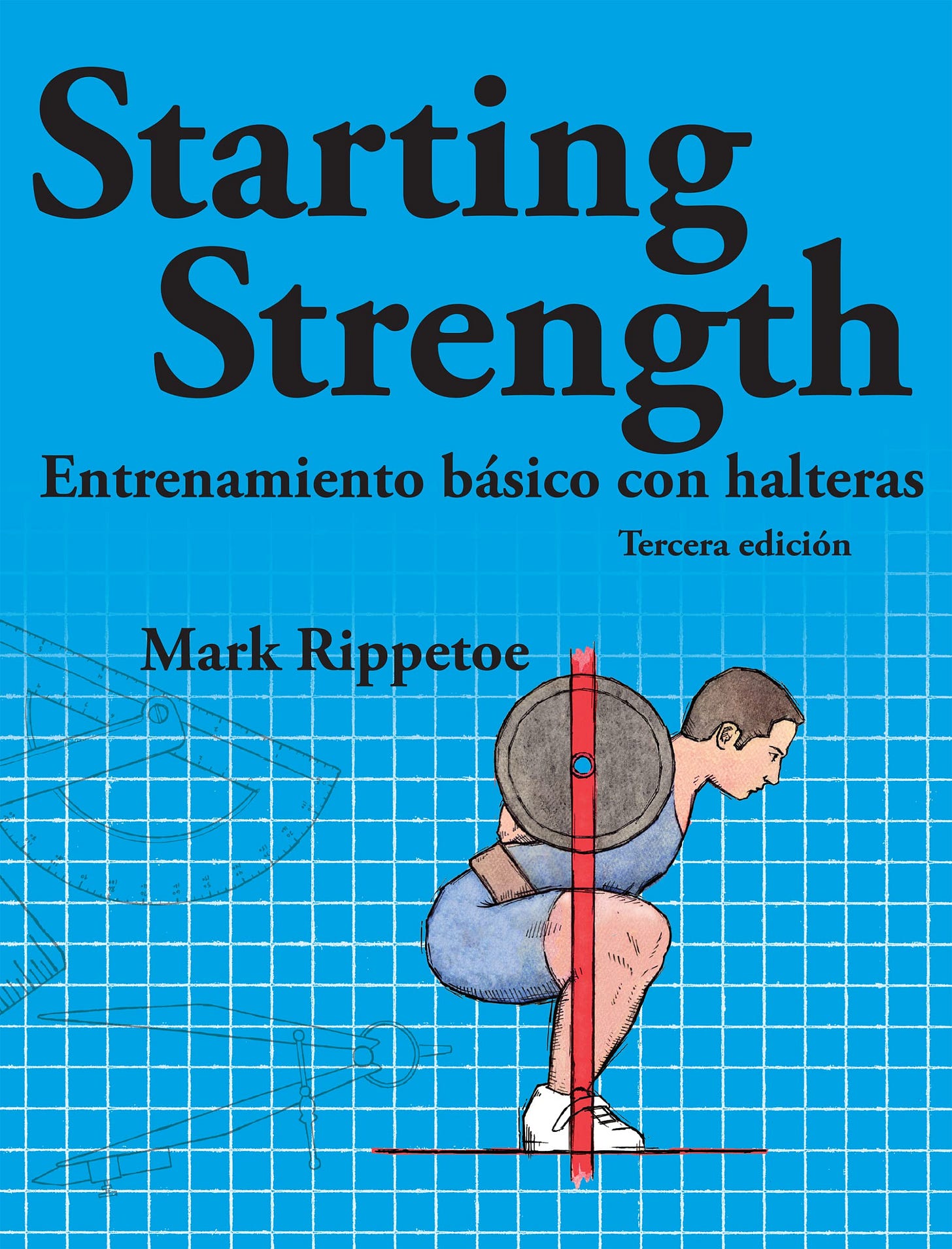
Barbell Bible
A barbell is the best training tool an athlete can use. The weight can vary from 10 lbs to over 1000 lbs in increments as small as 1/2 lb, and the set of available exercises is limited only by the lifter’s imagination. This makes training with a barbell suitable for pretty much anyone, regardless of age, sex, or experience.
Studies detailing injury rates show weight training to be as much as orders of magnitude less likely to cause injury than sports like running, cycling, football, and especially the most dangerous sport in America: soccer.
They cover five basic lifts — squat, bench press, deadlift, overhead press, and power clean — in amazing, well-illustrated, and readable detail. The chapter on the squat spans over 60 pages and covers not only technique but why to squat and how to identify and fix problems as they come up. The other exercises are covered in no less impressive detail, including some stellar and original thinking on the deadlift, and an effective basic training program to put everything together. Save whatever you were going to spend on sports drinks over the next few weeks and buy this instead. It’s one of those books that belongs in everyone’s library. — Chris Roth
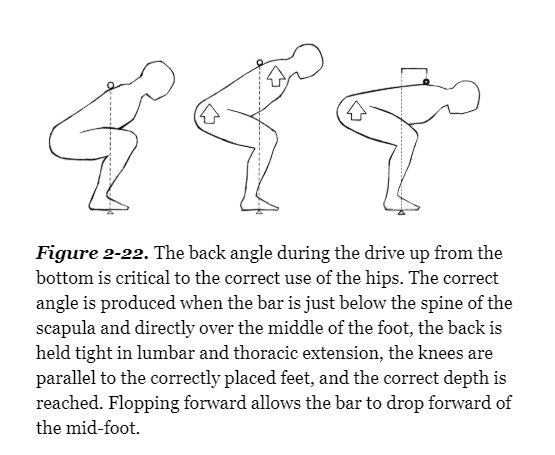
- The vast majority of people will prefer to grip the bar with the thumbs-around grip. At lighter weights, this is fine since the load presents no problems to keepin place. But when heavier weights are being used — and, theoretically, they eventually should be — the thumbs can create problems.The thumb should be placed on top of the bar, so that the wrist can be held in a straight line with the forearm. Most people have a mental picture of the handsholding up the weight, and this usually ends up being what happens. The bar sits in the grip with the thumbs around the bar, the elbows end up directly below theweight, and nothing really prevents the bar from sliding down the back from this position. People that do this will have sore elbows, a horrible, headache-likesoreness in the inside of the elbow that makes them think the injury occurred doing curls. If the elbows are underneath the weight, the force of the weight is straight down (the nature of gravity is sometimes inconvenient), then the wrists and elbows will intercept some of the weight. With heavy weights, the loadingis quite high, and these structures are not nearly as capable of supporting 500 lbs, as the back is. If the thumb is on top of the bar, the hand can assume a position that is straight in line with the forearm, wrist, and hand, and all of the weight is on the back. A correct grip can prevent these problems before they start. If you learn to carry all of the weight of the bar on the back before your strength improves to the point where the weight becomes a problem, you’ll have no problem at all.
